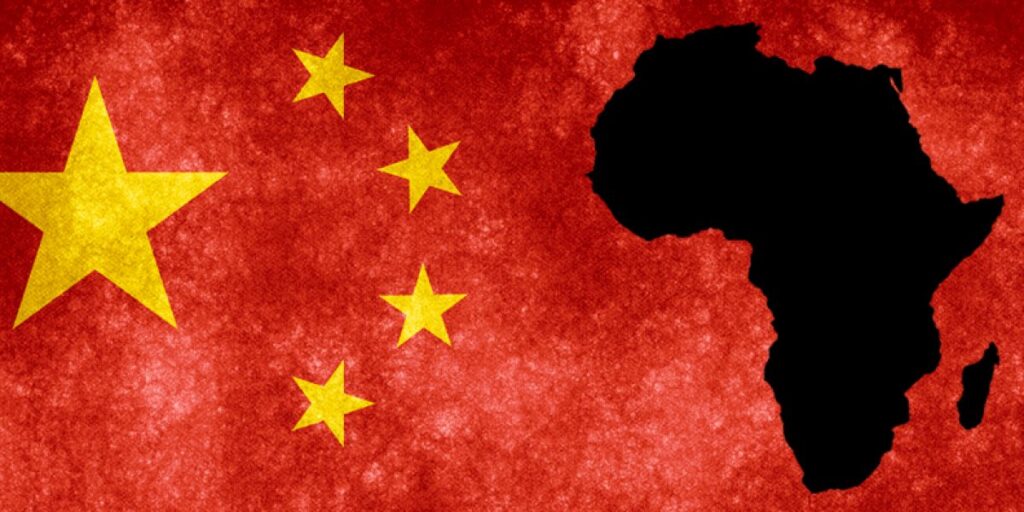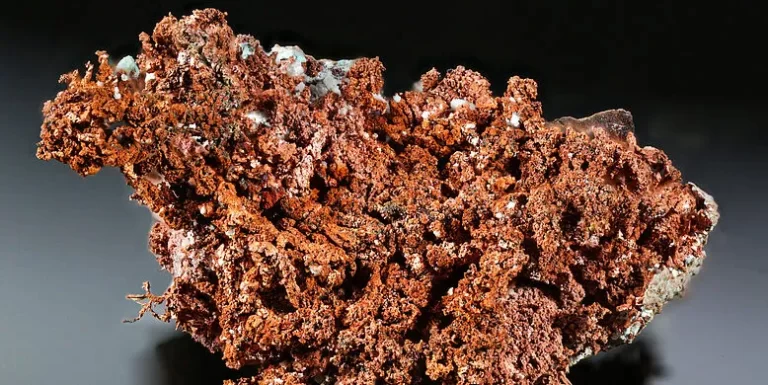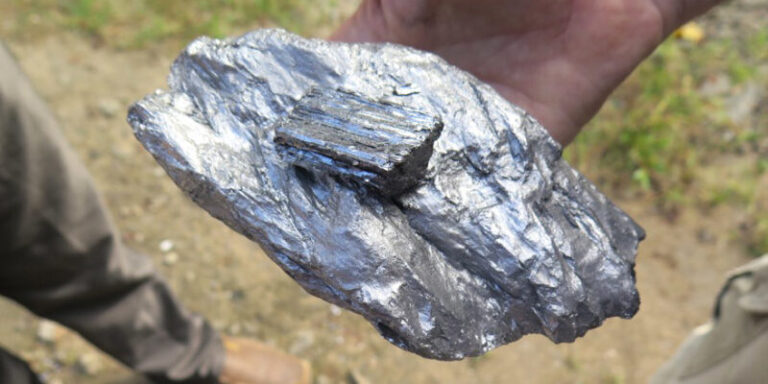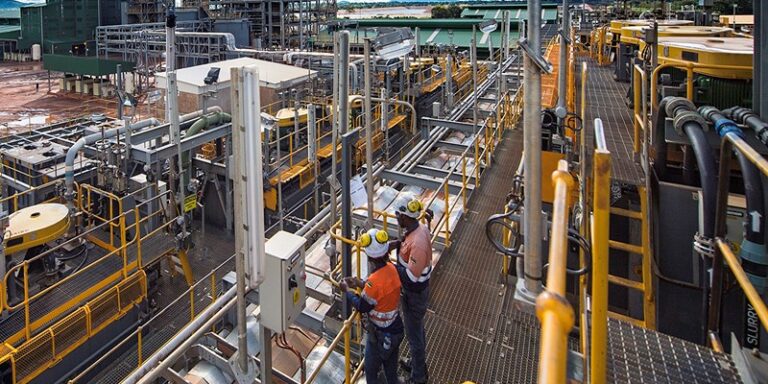
As the global energy transition continues to gain traction, the procurement of critical minerals and materials needed to develop solar panels, wind turbines, electric vehicle (EV) batteries, and other renewable technologies has brought growing international attention to developing Africa’s resources.
Currently, China dominates global critical mineral supply chains and accounts for approximately 60% of global production and 85% of its processing capacity.
As such, Chinese investment into Africa’s reserve base is critical for the provision of key minerals for the Chinese economy.
China imports roughly $100 billion in base metals per year, primarily tapping into Africa’s supplies of uranium, copper, aluminum, zinc, lead, cobalt and other critical minerals, thus accounting for approximately 25% of global supplies.
The East Asian country dominates the production of lithium, a critical mineral used for the development of EV batteries and is now investing heavily in mines in Africa.
As of 2023, Chinese mining and engineering service companies such as Zhejian Hayou Cobalt, Sinomine Resource Group, and Chengxin Lithium Group have invested approximately $678 million into lithium projects in Zimbabwe.
Following a $35 million investment into Zimbabwe’s Zulu Lithium Mine Project in 2022, research and development company, Suzhou TA&A Ultra Clean Technology initiated the construction and commissioning of a large-scale, 50,000 ton per year pilot plant, which started production in Q1 2023, and has the potential to become one of the country’s largest mining projects.
Furthermore, Zimbabwe’s Government has approved a proposal from investment services company, Hong Kong Eagle International Investment Ltd.
To establish a $2.83 billion battery metals park in the southern African country, which will aim to process lithium, platinum, and nickel.
Additionally, Zhejian Hayou Cobalt has a stated interest to invest $300 million into Zimbabwe to develop the flagship Arcadia lithium mine, situated near the city of Goromonzi.
Responsible for the production of approximately 72% of global refined cobalt, China is the leading producer and consumer of the key metal, which is used in EVs, wind turbines, and other power-generation technologies.
Most of the country’s cobalt is produced from partially refined sources imported from the Democratic Republic of the Congo (DRC).
Chinese mining company CMOC Group is the second-largest cobalt producer in the world, and whose Tenke Fungurume Mine in the DRC specializes in the exploration, mining, extraction, processing and sales of cobalt and copper.
Covering an area of 1,500km2, the mine produced roughly 16,098 tons of cobalt and 177,956 tons of copper in 2019.
In Mali, the Goulamina Lithium Project, situated in the Bougouni Region, is being developed through a joint venture (JV) between lithium mining company Leo Lithium and China’s Ganfeng Lithium and has seen an investment of $67.71 million.
Meanwhile, the JV struck a $2.77 million deal to acquire two additional mineral concessions in the North African country from minerals mining services company Bambara Resources and lithium development company, Kodal Minerals.
Meanwhile, the global graphite market remains dominated by China, with the country having been responsible for 65% of its production – 1.3 million tons in 2019.
China imported roughly $11.4 million – or 110,000 tons – in graphite from Madagascar in 2021, while exports from Mozambique totaled roughly 170,000 tons to the tune of $7.53 million.
As a global hub for electronics, China imports roughly $4 billion worth of minerals, ores, and metals each month from Africa, with the continent’s mineral output serving to fast-track the development of China’s export-driven economy.





